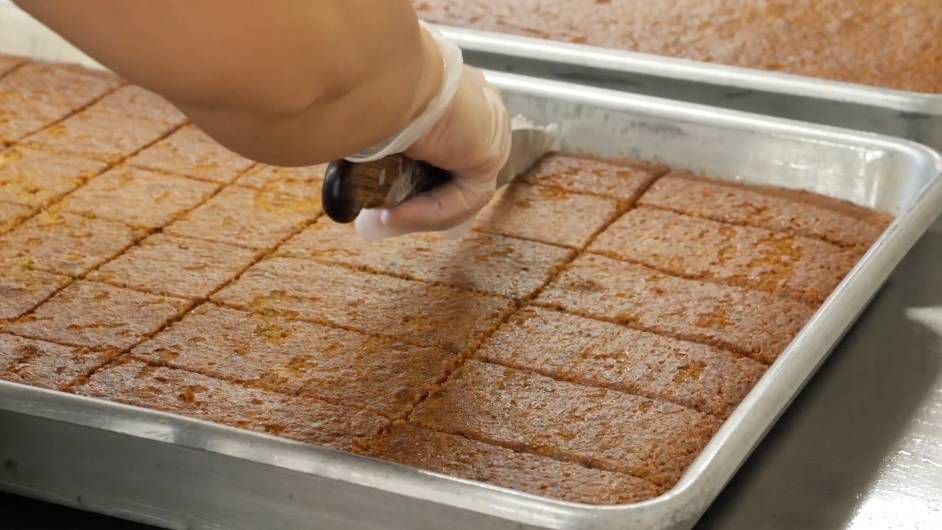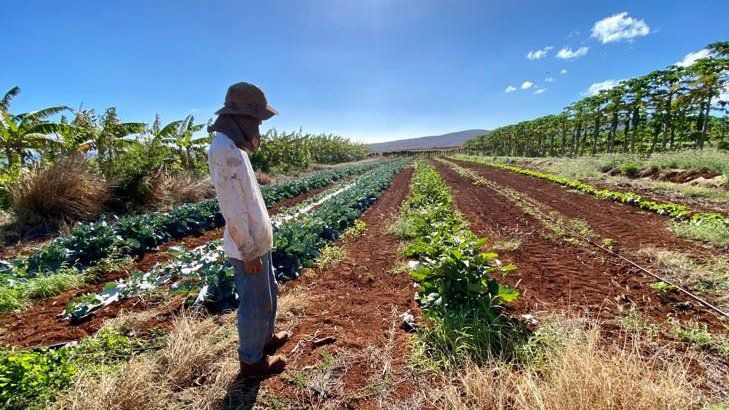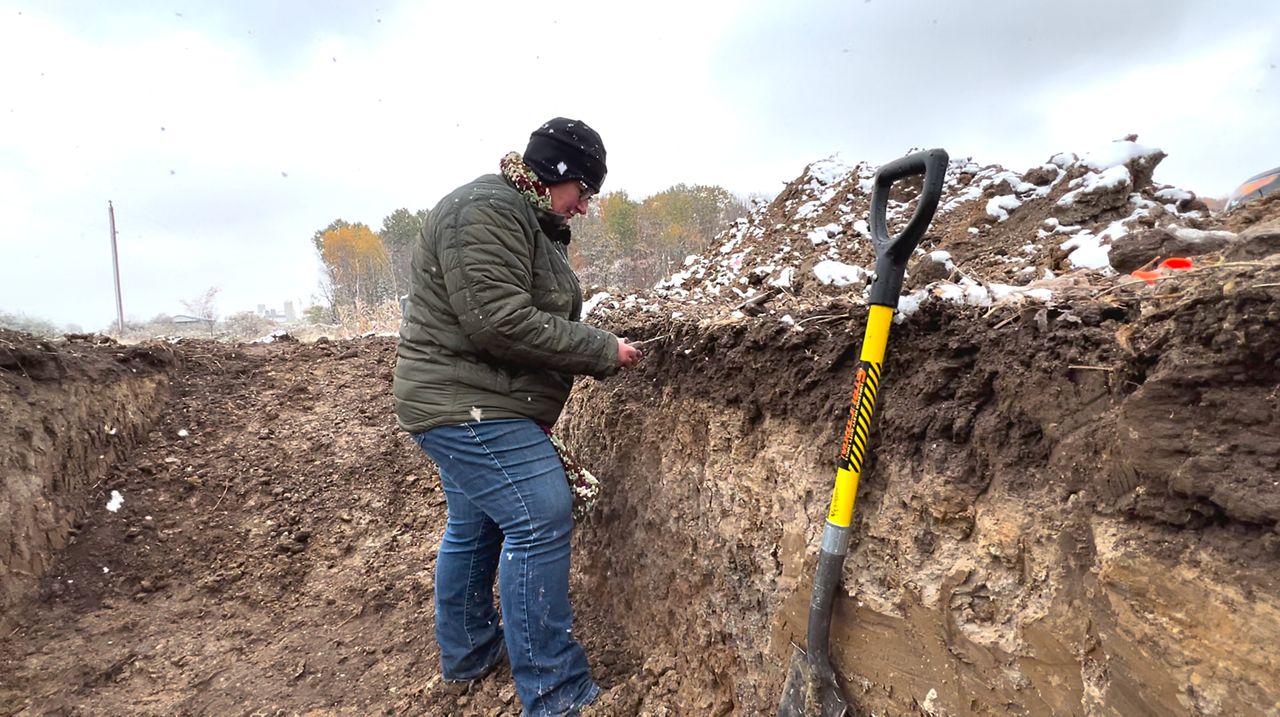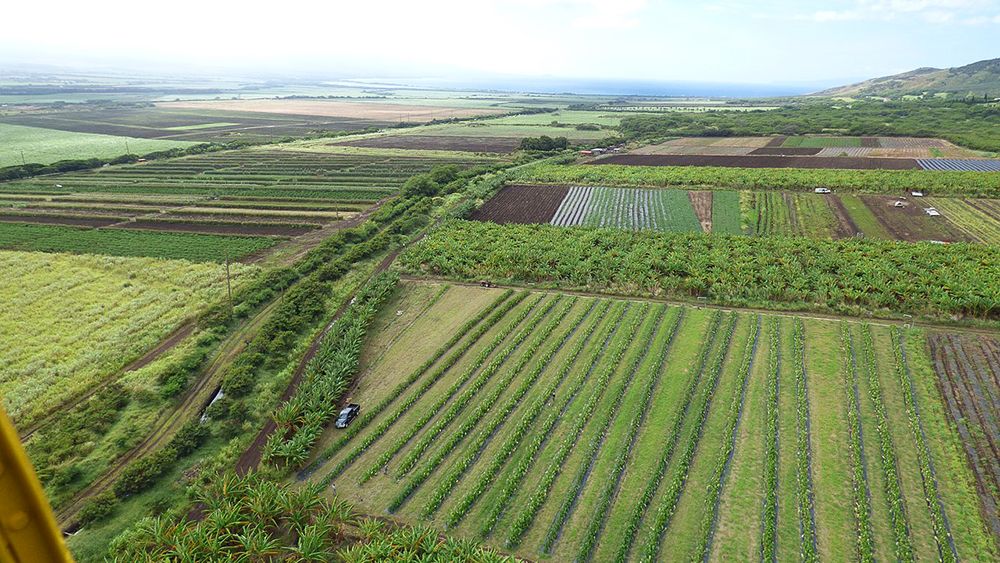HONOLULU — The Hawaii Department of Agriculture reports a single coconut rhinoceros beetle was found in a trap in Waikoloa on Hawaii Island this week during routine monitoring.
It’s the first CRB detected on the island since Oct. 2023, when a Waikoloa resident reported finding six grubs (larvae) in a decaying palm tree stump. The trap with the single CRB is about 200 yards from the 2023 detection site, according to an HDOA news release.
HDOA and CRB Response teams are now focused on efforts to eradicate any invasive beetles in the area where it was found. Initial surveys did not detect obvious signs of CRB damage in palm trees.
HDOA has 30 traps around Waikoloa routinely monitored by staff and volunteer residents. The Big Island Invasive Species Committee and University of Hawaii have additional traps with cameras that allow real-time monitoring.
The pheromone traps help detect early infestations, but do not attract all CRB in the area and do not effectively eradicate them.
CRB surveillance has been ongoing on all islands with traps at airports, harbors and other strategic entry points.
“CRB surveillance on Hawaii Island has been ongoing and early detection is key to prevent the establishment of breeding populations,” said Sharon Hurd, chairperson of the Hawaii Board of Agriculture, in the release. “We ask everyone to keep an eye out for CRB, especially in their compost and mulch piles which are major breeding grounds of the beetle.”
Residents on all islands are asked to be vigilant when purchasing mulch, compost and soil products by inspecting bags for evidence of entry holes and to check the contents once the bag has been opened.
An adult coconut rhinoceros beetle is about two inches long, all black and has a single horn on its head. CRB grubs live in decomposing plant and animal waste. Adult CRB prefer feeding on coconut or other larger palms and a major threat to these plants.
People can visit the CRB Response website to learn more about how to detect the signs of CRB damage and how to identify the different life stages of CRB. Contact the state’s toll-free Pest Hotline at 808-643-PEST (7378) to report a possible infestation.
First detected on Oahu in 2013, the beetle has since been found in many Oahu neighborhoods. It was found on Kauai in May 2023, where eradication efforts continue. CRB grubs were found in Kihei on Maui in Nov. 2023, and not have been detected since.
The large scarab beetle is a serious threat to palm trees, primarily coconut palms. Adult CRBs feed on the sap by boring into the crowns, which damages unopened fronds that break and fall when fully opened. If CRBs kill or damage the growing point of a palm, the tree may die.
Secondary fungal or bacterial pathogens can also attack the wounds caused by CRB, killing the tree as well. After a CRB attack, tree mortality has been reported to be anywhere from 10% to 50%. Dead trees then become a safety hazard as they can fall unexpectedly after the trunk rots and could potentially cause bodily injury or property damage.
According to HDOA, how the CRB came to Hawaii is still not known, but they are a major pest in India, the Philippines, Palau, Fiji, Wallis and Futuna, Nukunono, American and Western Samoa and Guam.








